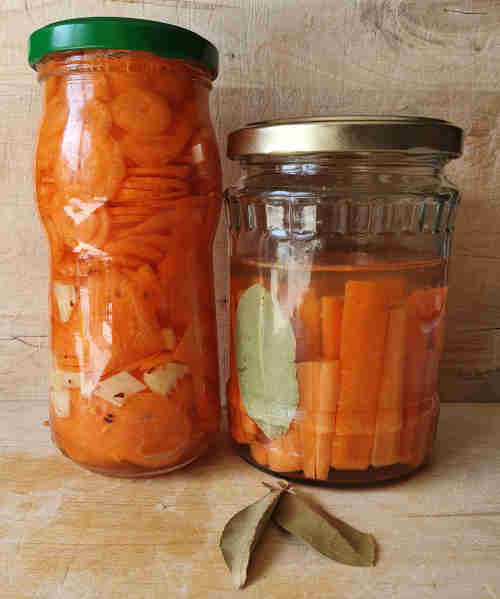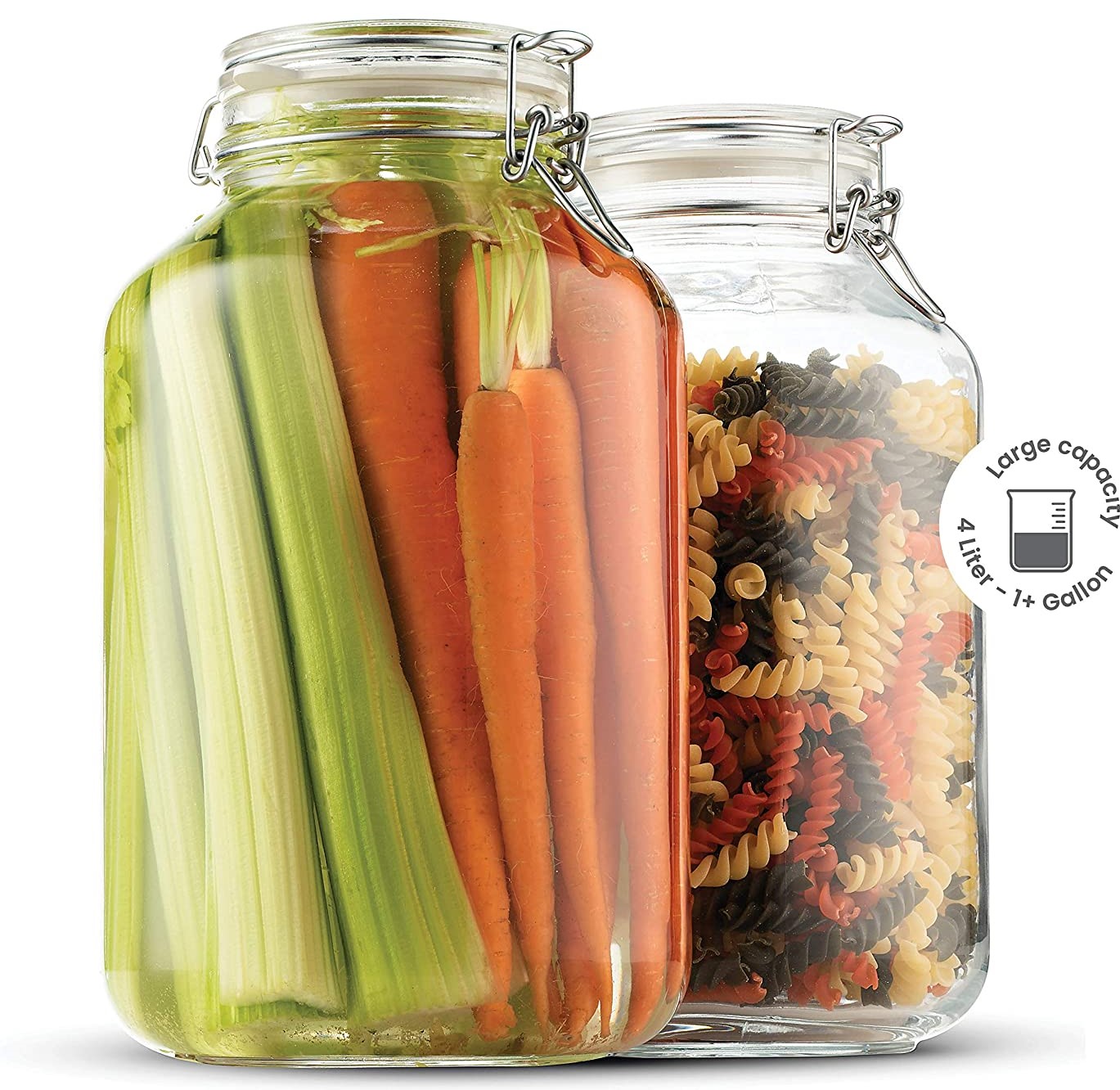Fermentation is an ancient culinary technique that has stood the test of time, transforming simple ingredients into nutrient-packed, flavorful foods. The Best Fermentation Recipes for Beginners, the world of fermentation may seem a bit intimidating, but with the right recipes and guidance, it can be a fun and rewarding process. In this post, we’ll explore some of the best fermentation recipes that are perfect for beginners. These recipes are easy to follow, require minimal ingredients, and will introduce you to the basics of fermentation.
Why Start with Fermentation?
Before diving into the recipes, it’s essential to understand why fermentation is beneficial. Fermented foods are rich in probiotics, which are live bacteria that promote a healthy gut. They can help improve digestion, boost the immune system, and even enhance mental health. Additionally, fermentation increases the nutritional value of foods by making nutrients more bioavailable and reducing harmful compounds like phytic acid.
Here are The Best Fermentation Recipes for Beginners.
Recipe 1: Classic Sauerkraut
Sauerkraut is one of the simplest and most iconic fermented foods. Made from just cabbage and salt, it’s an excellent starting point for anyone new to fermentation.

Ingredients:
- 1 medium green cabbage
- 1-2 tablespoons sea salt
- Optional: Caraway seeds, juniper berries, or other spices
Instructions:
- Remove the outer leaves of the cabbage and set them aside. Thinly slice the cabbage.
- In a large mixing bowl, toss the cabbage with salt. Massage the cabbage for about 10 minutes until it releases its juices.
- Pack the cabbage tightly into a clean glass jar, pressing down firmly to ensure it is submerged in its own liquid.
- Place one of the reserved cabbage leaves on top to keep the shredded cabbage submerged. Cover the jar with a cloth or loose-fitting lid.
- Allow the cabbage to ferment at room temperature for 1 to 4 weeks, checking daily to ensure the cabbage remains submerged. Once it reaches the desired tanginess, transfer it to the refrigerator.
Pro Tip: Sauerkraut can be flavored with additional spices like caraway seeds or juniper berries to add depth to its flavor.
Learn more about the best cabbage shredder for sauerkraut.
Recipe 2: Kimchi
Kimchi is a traditional Korean dish known for its spicy, tangy, and umami flavors. While it involves more ingredients than sauerkraut, it’s still relatively easy to make.
Ingredients:
- 1 medium napa cabbage
- 1/4 cup sea salt
- 1 tablespoon grated ginger
- 4 cloves garlic, minced
- 2 tablespoons fish sauce
- 2 tablespoons Korean red pepper flakes (Gochugaruru)
- 1 tablespoon sugar
- 4 green onions, chopped
- 1 carrot, julienned
Instructions:
- Cut the napa cabbage lengthwise into quarters and remove the core. Cut each quarter into bite-sized pieces.
- In a large bowl, toss the cabbage with salt and let it sit for 1-2 hours, tossing occasionally. Rinse the cabbage thoroughly under cold water and drain well.
- In a separate bowl, combine the ginger, garlic, fish sauce, red pepper flakes, sugar, green onions, and carrots.
- Add the drained cabbage to the seasoning mixture and mix thoroughly until all the cabbage pieces are well-coated.
- Pack the mixture tightly into a clean glass jar, pressing down to eliminate air pockets. Leave about 1 inch of space at the top.
- Cover the jar with a lid and let it ferment at room temperature for 3-7 days. Once it reaches the desired flavor, store it in the refrigerator.
Pro Tip: The longer you ferment kimchi, the more complex the flavors become. Adjust the fermentation time to suit your taste.
For more tips on making authentic kimchi, visit My Korean Kitchen.
Recipe 3: Kombucha
Kombucha is a fermented tea that’s known for its tangy flavor and potential health benefits. It’s made using a SCOBY (Symbiotic Culture of Bacteria and Yeast) and sweetened tea.
Ingredients:
- 1 SCOBY
- 1 cup white sugar
- 4 black or green tea bags
- 1 gallon water
- 1 cup starter tea or distilled white vinegar
Instructions:
- Boil the water and dissolve the sugar in it. Add the tea bags and let them steep until the water cools to room temperature.
- Remove the tea bags and pour the sweetened tea into a clean glass jar.
- Add the SCOBY and starter tea or vinegar to the jar. Cover the jar with a cloth secured with a rubber band.
- Allow the kombucha to ferment at room temperature for 7-14 days, depending on your taste preference.
- Once the kombucha reaches your desired flavor, remove the SCOBY and save it for your next batch. Pour the kombucha into bottles and store them in the refrigerator.
Pro Tip: Experiment with different teas and flavorings in the second fermentation to create your unique kombucha blends.
Discover and The Best Tools for Making Kombucha at Home: A Comprehensive Guide.
Recipe 4: Pickled Carrots
Pickled carrots are a great way to start fermenting vegetables. They’re crunchy, tangy, and slightly sweet, making them a delicious snack or side dish.

Ingredients:
- 1 pound carrots, peeled and cut into sticks
- 2 cups water
- 1 cup white vinegar
- 1 tablespoon sea salt
- 1 tablespoon sugar
- 2 cloves garlic, sliced
- 1 teaspoon whole black peppercorns
- 1 teaspoon mustard seeds
Instructions:
- In a saucepan, combine the water, vinegar, salt, and sugar. Bring to a boil, then remove from heat and let cool to room temperature.
- Pack the carrot sticks, garlic, peppercorns, and mustard seeds into a clean glass jar.
- Pour the cooled brine over the carrots, ensuring they are fully submerged. Leave about 1 inch of space at the top.
- Cover the jar with a lid and let it ferment at room temperature for 3-7 days, tasting occasionally to check the flavor. Once they reach the desired tanginess, store them in the refrigerator.
Pro Tip: Add some chili flakes or dill to the jar for extra flavor.
For more ideas on pickling, check out Nourished Kitchen’s guide to Pickled Vegetables.
Recipe 5: Fermented Hot Sauce
If you love spicy food, fermented hot sauce is a must-try. This recipe ferments chili peppers to create a complex and flavorful sauce that’s perfect for adding heat to your meals.

Ingredients:
- 1 pound chili peppers (e.g., jalapeños, habaneros)
- 4 cloves garlic
- 1 tablespoon sea salt
- 2 cups water
Instructions:
- Remove the stems from the peppers and slice them into rounds. If you prefer a milder sauce, remove the seeds.
- In a clean glass jar, pack the pepper slices and garlic. In a separate bowl, dissolve the salt in water to create a brine.
- Pour the brine over the peppers, ensuring they are fully submerged. Use a weight to keep the peppers below the surface of the brine.
- Cover the jar with a cloth or a loose-fitting lid and let it ferment at room temperature for 1-2 weeks.
- Once fermented, blend the peppers and brine into a smooth sauce. Store it in the refrigerator for up to several months.
Pro Tip: Adjust the types of peppers used in the recipe to control the heat level of the sauce.
Learn how to store and preserve your hot sauce in our article on The Best Techniques for Long-Term Storage of Fermented Foods.
Conclusion
Fermentation is a rewarding and accessible culinary technique that anyone can master. By starting with these
This site is a participant in the Amazon Services LLC Associates Program and contains affiliate links to products. We may receive a commission for purchases made through these links.
